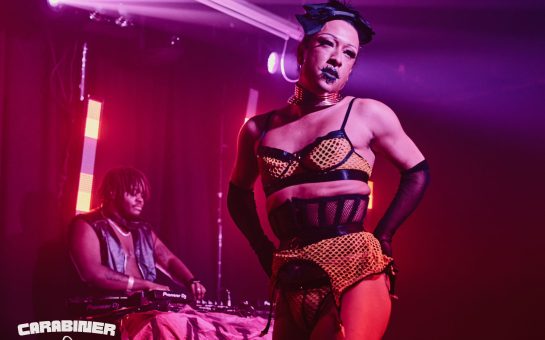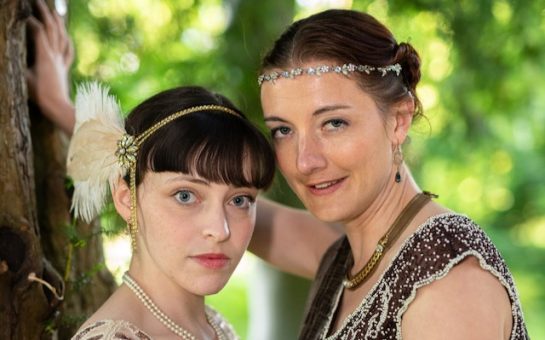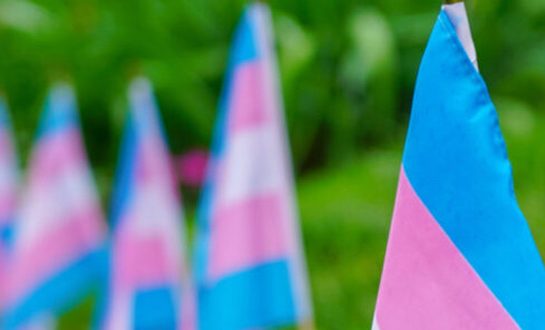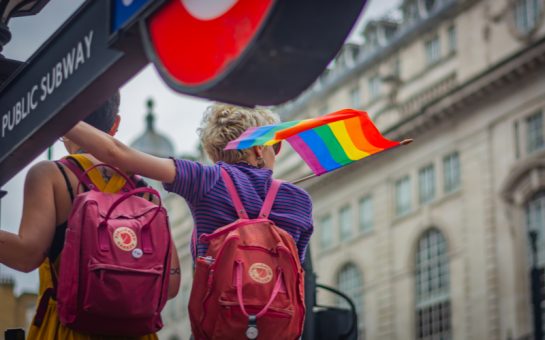Love Island is just one example of a popular reality television show where people travel abroad to find love, whether it works out, or it doesn’t, people love to watch it.
The show has been growing in popularity for years now and this is evident in the increase in viewing figures, with 2.8 million people tuning in to watch Millie Court and Liam Reardon deservedly crowned champions last year.
But the show cuts off a huge part of the population because they generally try to avoid using LGBTQ+ people as contestants. Unless they are bisexual.
Reality shows generally focus on heterosexual romances, instead of exploring the possibility of homosexual relationships.
Last year after rumours were circulating of the possibility of queer people going on the show ITV commissioner Amanda Stavri said it would cause ‘logistical difficulties.’
But would it actually cause problems? What is the difference between having, for example, gay men and lesbian women on the show?
The women can try to find love with another woman the same way a man would try to find love with a woman on the ‘standard’ version.
During a 2016 season two episode, two women, Sophie Gradon and Katie Salmon coupled up and kissed on the show.
Although, Tom Powell, Sophie’s ex, claimed the pair were forced to make out on the show to appeal to an LGBTQ+ audience.
As well as this, Megan Barton-Hanson, who was on season four, said her experience would have been completely different if they cast more LGBTQ+ people.
Homosexual people would not create a logistical nightmare for a reality TV show about finding love, in fact, it might make it more entertaining.
While Love Island is a popular, bigger name in the reality TV scene, there is many reality shows that do focus on the community that is proof it is not logistically difficult to leave the hetronormative ideals behind and explore the relationships of queer people.
I think having an LGBTQ+ version of the show is way overdue.




